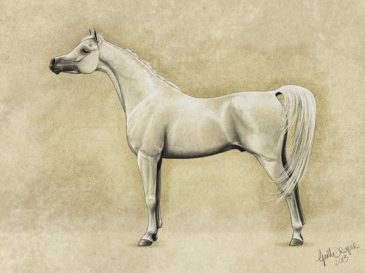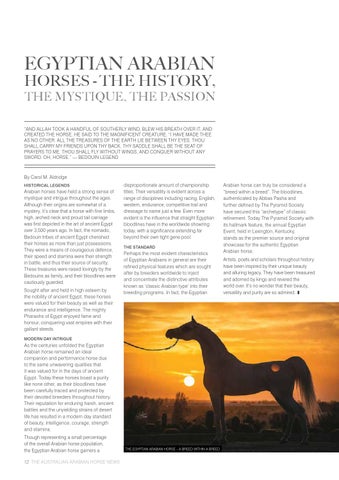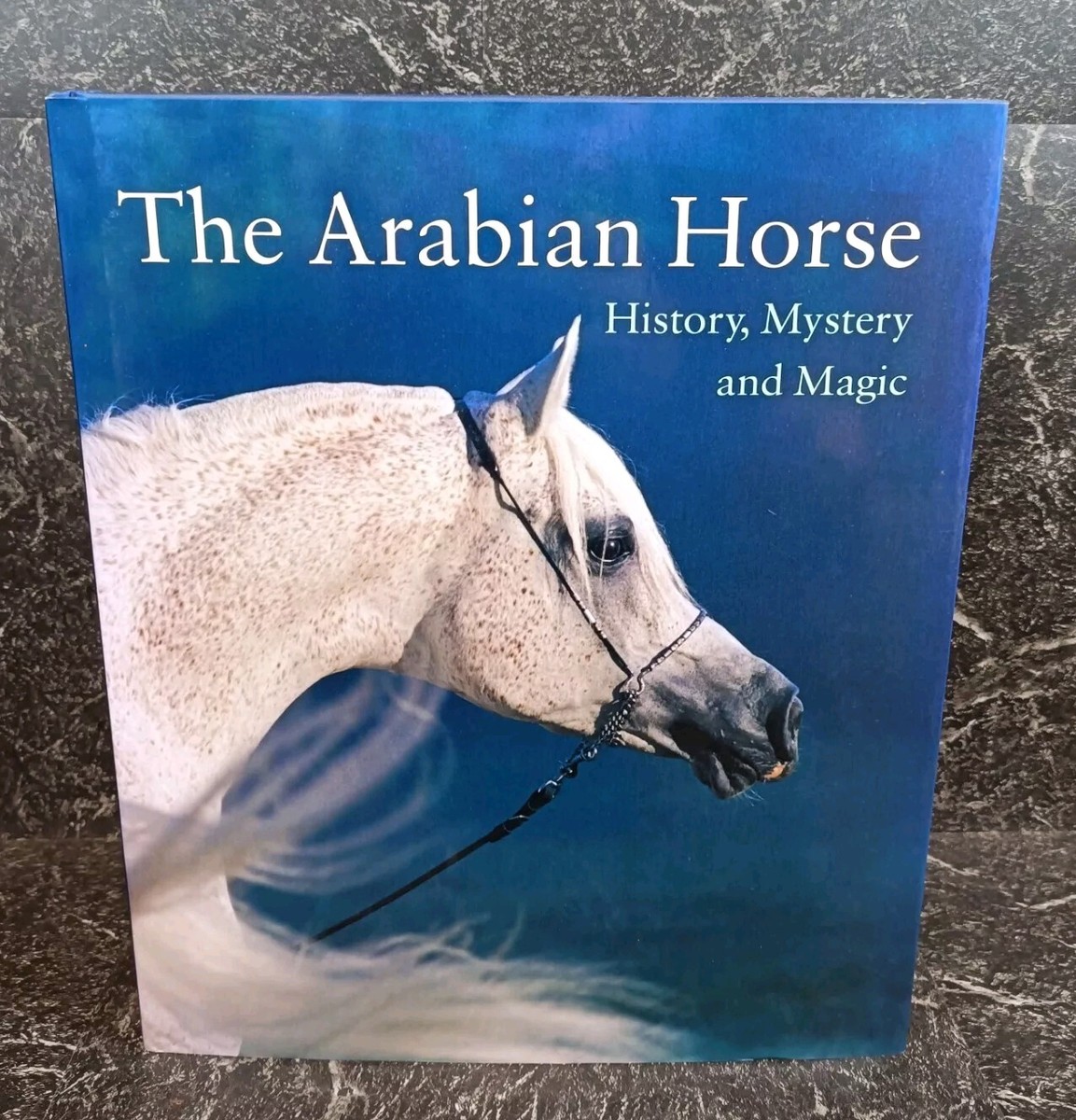The Global Impact of the Arabian Horse

The Arabian horse is one of the most iconic and influential horse breeds in the world. Known for its distinctive head shape, high tail carriage, and exceptional endurance, the Arabian has left a profound mark on equestrian culture globally. This article explores the historical, cultural, and economic impact of the Arabian horse across different regions and eras.
Historical Significance

The Arabian horse originated on the Arabian Peninsula over 4,500 years ago. It was bred by Bedouin tribes who prized the breed for its speed, stamina, and loyalty. These horses were essential for transportation, warfare, and trade in harsh desert environments. Their ability to endure long journeys with minimal water made them invaluable to nomadic lifestyles.
Cultural Influence
Arabian horses hold a revered place in Middle Eastern culture and folklore. They are often featured in poetry, art, and religious texts, symbolizing beauty, nobility, and freedom. The breed’s influence extends beyond the Middle East, inspiring equestrian traditions in Europe, Asia, and the Americas.
Genetic Legacy
Arabian horses have contributed significantly to the development of many modern horse breeds. Their genetics have been used to improve speed, endurance, and refinement in breeds such as the Thoroughbred, Quarter Horse, and Andalusian. This genetic influence underscores the Arabian’s role as a foundational breed in the equine world.
Economic Impact
The Arabian horse industry supports a global market that includes breeding, racing, showing, and recreational riding. Major events like the World Arabian Horse Organization (WAHO) championships attract participants and spectators worldwide, boosting local economies and promoting cultural exchange.
Modern Relevance
Today, Arabian horses continue to be celebrated for their versatility and beauty. They excel in endurance riding competitions, dressage, and even therapeutic riding programs. Their adaptability and gentle temperament make them popular among horse enthusiasts of all ages.
Table: Key Attributes of the Arabian Horse
| Attribute | Description |
|---|---|
| Origin | Arabian Peninsula |
| Lifespan | 25-30 years |
| Height | 14.1 to 15.1 hands (57 to 61 inches) |
| Distinct Traits | Dished face, arched neck, high tail carriage |
| Temperament | Intelligent, spirited, yet gentle |
Frequently Asked Questions (FAQ)
Q1: Why are Arabian horses considered so special?
A1: Their unique combination of beauty, endurance, and intelligence sets them apart from other breeds.
Q2: How have Arabian horses influenced other breeds?
A2: They have been used to enhance speed, stamina, and refinement in many modern breeds.
Q3: Are Arabian horses suitable for beginners?
A3: Yes, their gentle nature and trainability make them suitable for riders of various skill levels.
Q4: What role do Arabian horses play in modern equestrian sports?
A4: They excel in endurance riding, dressage, and competitive showing.
Q5: How can I learn more about Arabian horses?
A5: Visiting breeding farms, attending horse shows, and reading specialized literature are great ways to deepen your knowledge.
The Arabian horse’s global impact is a testament to its enduring legacy and versatility. From ancient deserts to modern arenas, this breed continues to captivate and inspire horse lovers worldwide.
